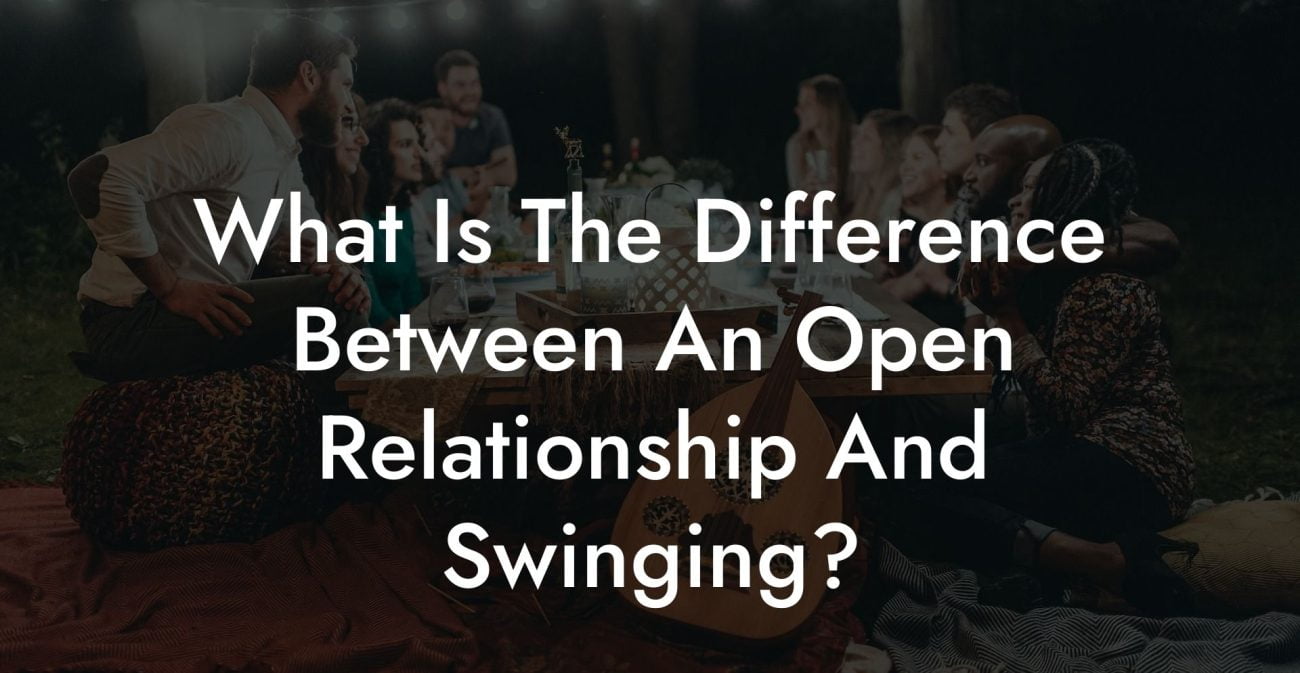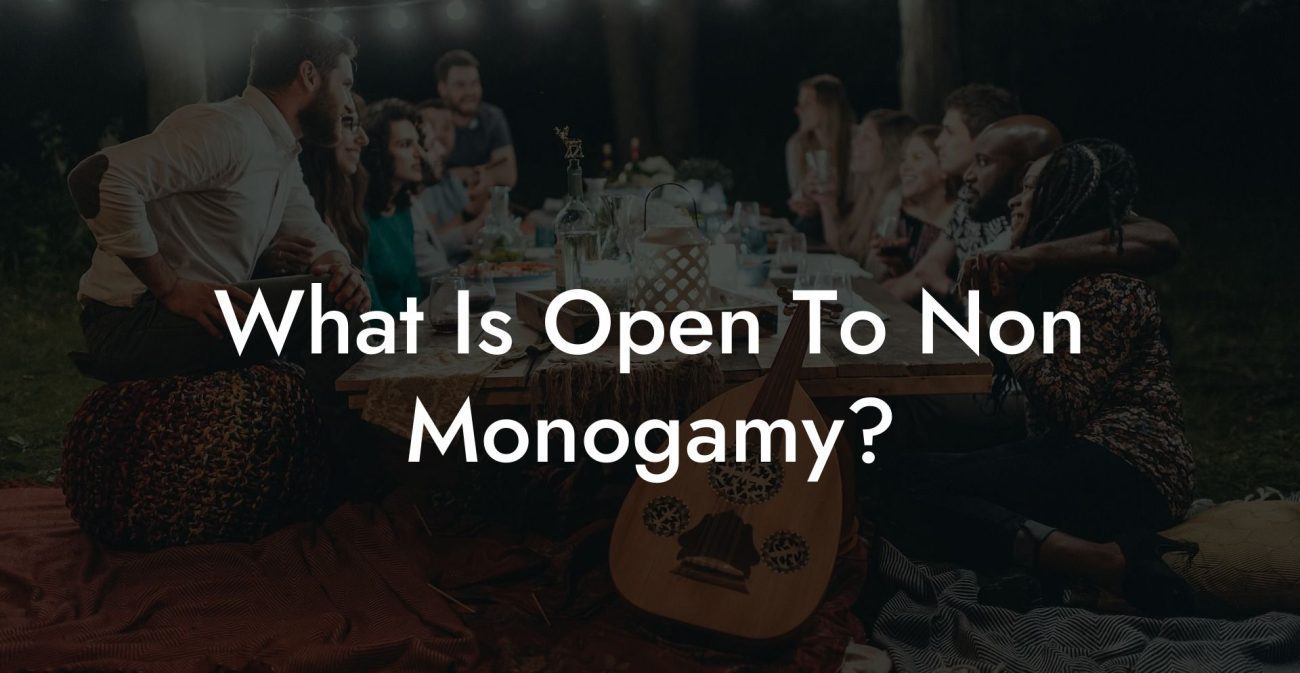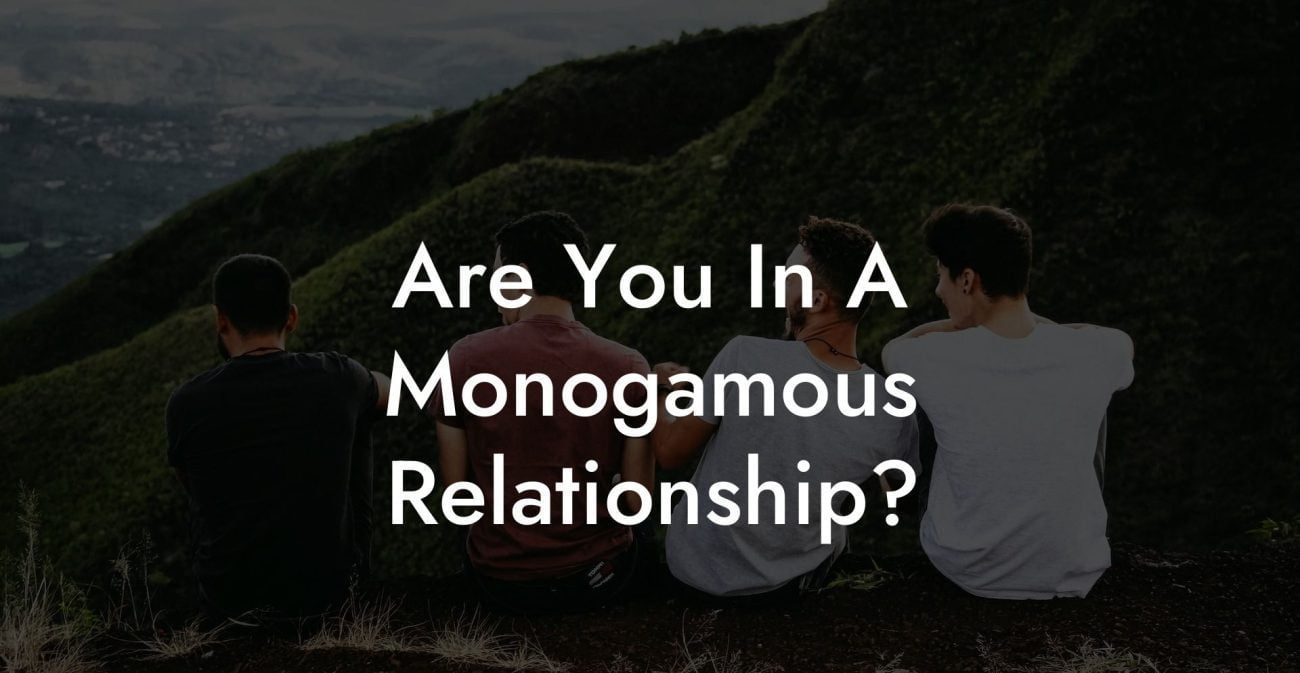The history of polygamy stretches back thousands of years, entwined with diverse societies and cultures. It has long been a topic of fascination, controversy, and sometimes moral outrage. In this article, we delve into the historical roots of polygamy and how it has evolved over time, offering insights into its historical contexts and manifestations.
History Of Polygamy Table of Contents
Ancient Civilizations and the Role of Polygamy
Polygamy, the practice of marrying more than one spouse, has been present in human history since the earliest civilizations. It is prevalent in various forms, from polygyny (marriage to multiple women) to polyandry (marriage to multiple men).
- Ancient Mesopotamia: The Epic of Gilgamesh includes examples of polygamy, and historical records from ancient Mesopotamia confirm its widespread practice among royalty and commoners alike. Kings and high-ranking officials often married multiple wives, and it was not uncommon for common men to also do so.
- Ancient Egypt: Pharaohs were known to have multiple wives and concubines, with royal marriage alliances serving as a political tool to maintain power and forge alliances. Egyptian society also accepted polygamy for those who could afford it and who had the social status to support multiple wives.
- Ancient India: In Hinduism's early Vedic period, rulers and prominent personalities practiced polygamy. The Mahabharata, a classic Indian epic, contains instances of polyandry, such as the story of Draupadi marrying all five Pandava brothers.
Polygamy in Biblical Times
Multiple examples of polygamy can be found in the Hebrew Bible. Patriarchs such as Abraham, Jacob, and David all had multiple wives, and concubines were also a common feature of the biblical landscape. While the New Testament does not expressly endorse polygamy, it does acknowledge its presence.
- Early Christianity: Views on polygamy in early Christianity were diverse. Some early Christian communities allowed it, while others discouraged the practice. Over time, monogamy became the primary Christian marital ideal, though polygamy persisted in various societies.
- Islamic Context: The Qur'an allows Muslim men to marry up to four wives if they can treat them equally. While polygamy was commonly practiced in pre-Islamic and early Islamic societies, its prevalence has decreased in many Muslim-majority countries today.
Polygamy in America: From the Latter-Day Saints to Today
The topic of polygamy became particularly important in American history with the arrival of the Church of Jesus Christ of Latter-day Saints (LDS), also known as the Mormon Church.
- The LDS Church and Polygamy: The practice of polygamy was officially introduced in 1843 by Joseph Smith, the founder of the LDS Church. It was accepted as a divine commandment and was practiced by many of the church's early leaders.
- Government Intervention: In 1862, the U.S. government passed the Morrill Anti-Bigamy Act, which prohibited plural marriage in the territories. The LDS Church publicly renounced polygamy in 1890 in response to increased government pressure.
- Modern Attitudes: While the practice of polygamy remains.illegal in every U.S. state, attitudes towards it are becoming more tolerant. Reality television shows depicting the lives of polygamous families have brought the issue into the national consciousness. Some individuals and organizations argue for the decriminalization of polygamy, citing the need for personal and religious freedom.
History Of Polygamy Example:
Meet Jane and Michael, who are in a polyamorous relationship. They live together, along with Michael's two other girlfriends, Sarah and Emma. All four individuals willingly participate in this unconventional arrangement and find value in the emotional, social, and financial support they provide to each other.
The history of polygamy is rich and complex, spanning time and space to reveal a fascinating story of human society, culture, and adaptation. Understanding this history is essential to understanding the role and importance of non-monogamous relationships today. So, let's continue embracing the diversity of human connections and challenge our assumptions about what love and relationships should look like. Feel inspired? Share this article with friends and explore other guides on The Monogamy Experiment.













